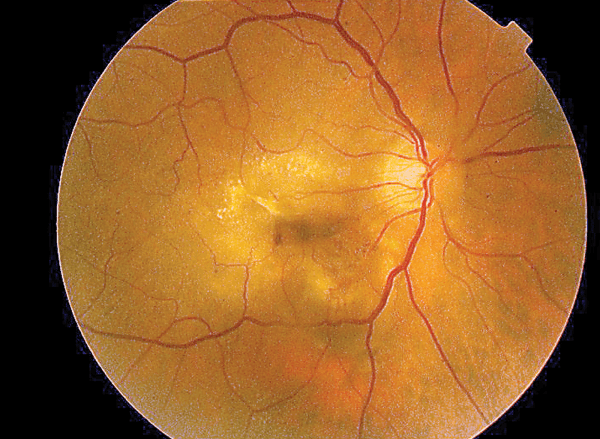Our bodies change in various ways as we age—our eyes are no exception. Many, if not all, start experiencing vision problems once over 40. One common aging process that many people go through is presbyopia. Adults affected by presbyopia have difficulty seeing objects clearly at close distances. Other changes, however, aren’t so minor. One such example is a disease called age-related macular degeneration (AMD).
Age-related macular degeneration is one of the leading causes of vision loss in adults 50 and older. The disease causes damage to the macula, the most sensitive part of the retina that is responsible for clear, central vision; the macula is a clearer part of the retina’s visual field because all of the light rays from objects that we see are focused on it. Smoking, drinking alcohol, and exposure to UV and/or blue light are a few things that may damage the macula. As a result of the damage inflicted onto the macula, individuals with the disease have a blurred area in the center of their vision. This blurred area grows larger as the disease progresses. Fortunately, AMD itself does not lead to complete blindness, though the loss of vision caused by it is irreversible. Despite this, people with this disease often have difficulty doing everyday activities like driving, reading, and recognizing faces due to blurred (or lost) central vision.
Image Source: Tetra Images
One international study collected and analyzed the genetic data of 43,566 people of predominantly European descent to identify common and rare variations (variants) in the genetic coding affiliated with AMD. About 23,000 participants had AMD, while 20,000 participants (the control group) did not. Using DNA samples from both types of participants, researchers surveyed the genome, focusing on the loci (specific locations/positions of genes) that were known to be associated to (or suspected to be) the disease. All the DNA was then compared with DNA compiled from the 1000 Genomes project. The 1000 Genomes project is a reference dataset that contains over 12 million variants. Finally, the researchers looked to see how certain variants were present/not present in people with AMD and people without. They now have found 52 total genetic variants, 16 of which were not considered to be associated with AMD. Identifying these variants provides a foundation for future genetic studies of AMD. The researchers can now proceed to study what exactly the variants are doing to genes and how they affect gene function.
Sight is so precious, yet many of us take it for granted. We should all preserve it as much as we can, even if one has a predisposition to AMD. Although our bodies go through drastic changes as we age, we should try our hardest to keep ourselves as healthy as possible.
Featured Image Source: Age-related macular degeneration. by Community Eye Health










